July 7, 2017 – Vol. 19 #5: Being the Light
In This Issue
Flanigan’s Eco-Logic
Electric Buses in Focus
Range Anxiety Today and Tomorrow
Biggies in the eBus Space
eBuses for Cities and Transit Agencies
Buying Clean Air in a Can
Flow Batteries for Cars
Paris Music Center Feat. Solar Sail
Utility-Scale Solar for 65 Cents/Watt
Renewables Outpace Nuclear

Flanigan’s Eco-Logic: Being the Light
Few if any EcoNet readers believe that there has been anything short of an ecological forest fire in Washington. The Administration has and will continue to tear apart rational energy and environmental policies. Not many of us want to bring back coal and amplify climate change. For Pete’s sake.
At EcoNet, we focus on the positive. It’s our promise to readers. So where is the positive? Clearly it’s not federal. But there is a silver lining shining brightly. There is profound positive at the root level. It’s at a level that doesn’t show up on a map…. It’s at your home and mine, in small businesses, churches, etc. The DC rampage has galvanized action. People in motion. Where? Throughout our daily lives we see the agents of change. They are us. This is power.
Individuals are galvanized, so are communities, and cities, and states. The people are taking to the streets. And on June 7th, Hawaii was the first state to make the goals of the Paris Agreement state law. Hawaii and 12 other states formed the U.S. Climate Alliance, committed to the Paris goals. Jerry Brown is making California the de facto U.S. international climate leader; witness his negotiations with the Chinese. The Climate Registry is promoting The People’s Agreement that endorses the Paris accord and its actions, making clear in at the next COP in Bonn, Germany that the American public has not withdrawn its support of the Paris Agreement.
The Climate Mayors was founded by LA’s Mayor Eric Garcetti , former Houston Mayor Annise Parker, and former Philadelphia Mayor Michael Nutter. Founded in 2014, the organization received one million dollars in start-up funding from the Clinton Global Initiative to support the founding mayors’ efforts to organize cities in advance of the signing of the 2015 Paris Agreement.
Within a week of the Trump announcement to pull out of the Paris Agreement, the Climate Mayors’ membership grew from 61 to 279. As of June 1st, 340 U.S. Mayors representing 66 million Americans have committed to adopt, honor, and uphold the commitments to the goals of the Paris Climate Agreement. They have collectively pledged to intensify efforts to meet each of our cities’ current climate goals, to limit the global average temperature increase to 1.5 °C above pre-industrial levels, and work together to create a 21st century clean energy economy.
The D.C. rampage is reckless and grossly irresponsible. But there’s nothing stopping me from taking action, or you. There’s nothing stopping us from taking little steps, and big steps when we can. This is the time to walk the talk, to create eco-actions and to move the needle in our homes, businesses, in our schools, and cities… to meet and beat Paris.
EcoMotion’s trademarked term is the Power of the Increment. The inverse of the tragedy of the commons, the Power of the Increment is based on the synergy of each of us taking action and marveling at it. It’s about collective action that is at best contagious. As our theme song states, ” You can’t move a mountain alone, but if each of us carries a stone, you turn back and look and see that the mountain’s been moved.”
We have the power. Take actions. Focus on small ones that can be easily replicated. If nothing else, take 5% eco-actions. If you can, hit one out of the park… and make that your statement. And let us and all your neighbors know about it!

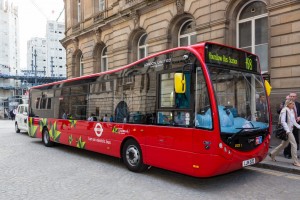
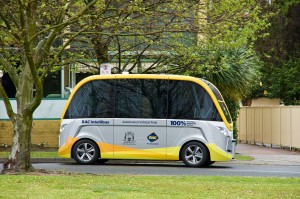

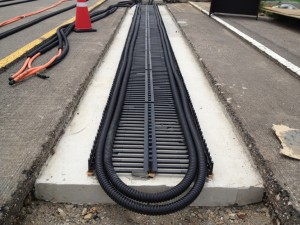
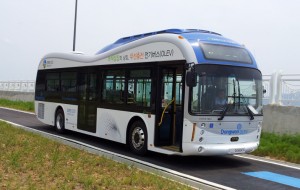

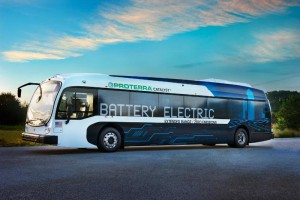

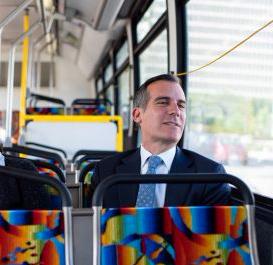

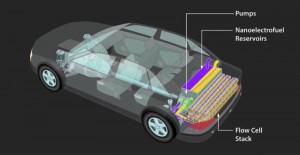

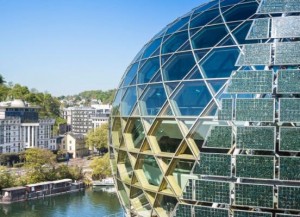
 Solar prices are incredibly low. What a decline. What’s next? At the end of May there was the Tucson Electric Power announcement that it signed a PPA for solar for 20 years at 3 cents per kWh. Here in Southern California, it’s routine for installers to buy panels for less than 50 cents a watt. And analysts state that the decline in costs is not slowing down. Solar is becoming pervasive and hugely cost-effective.
Solar prices are incredibly low. What a decline. What’s next? At the end of May there was the Tucson Electric Power announcement that it signed a PPA for solar for 20 years at 3 cents per kWh. Here in Southern California, it’s routine for installers to buy panels for less than 50 cents a watt. And analysts state that the decline in costs is not slowing down. Solar is becoming pervasive and hugely cost-effective.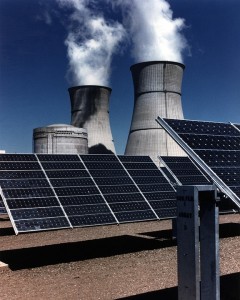 For the first time since the beginning of the nuclear era, renewable energy sources have outpaced nuclear power. The U.S. Electric Power Monthly for April 2017 finds that biomass, geothermal, hydropower, utility-scale and distributed solar, and wind are providing a greater share of the nation’s electricity than nuclear power.
For the first time since the beginning of the nuclear era, renewable energy sources have outpaced nuclear power. The U.S. Electric Power Monthly for April 2017 finds that biomass, geothermal, hydropower, utility-scale and distributed solar, and wind are providing a greater share of the nation’s electricity than nuclear power.